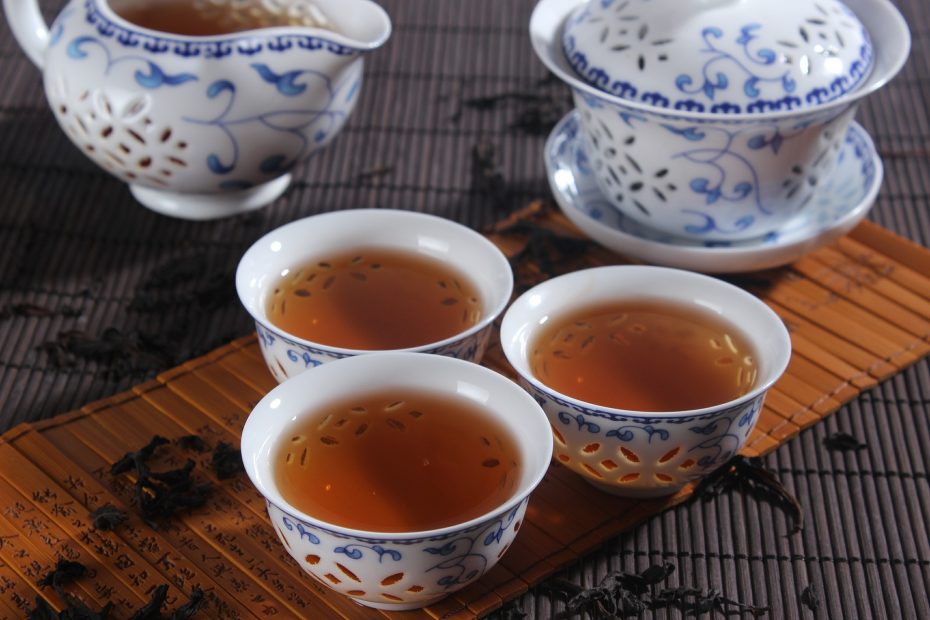How To Pair Leaf Tea And Chocolate
Pairing tea and chocolate is another way to taste these two products, which at first glance might seem so different from each other. Often we pick up notes that remind us of chocolate while tasting a tea or taste chocolate that we would love to eat along with our favorite tea.
Tea and chocolate can also be the subject of a more refined, elegant tasting, aimed at perceiving the more complex aromas of both products. With this article, I want to tell you about how tea and chocolate can enter into a total symbiosis and become one of the best pairings to try, both for tea lovers and chocolate lovers.
What is chocolate and where does it come from
Although it may seem obvious what chocolate is, many people are not so familiar with it. A bit like with tea, even with chocolate we need to take a few steps back and understand its origins. Only in this way can we become more conscious consumers and make more accurate choices the next time we choose a chocolate bar to go with our favorite tea.
Chocolate is derived from cocoa. Cocoa originated in the time of the Mayans and Aztecs, civilizations that knew it and especially used it for its healing, energetic and aphrodisiac properties. By grinding cocoa beans, they obtained a froth, which was considered a divine beverage endowed with religious significance. The conquistadors learned about it in the 16th century and began importing it to Europe.
Cacao is obtained from a plant called Theobroma cacao (translatable as “food of the gods,” native to the Northern Amazon. The cocoa plant does not like the direct sun: which is why, even in plantations, it is covered by plants of other crops (such as banana and coconut palms). The fruit of the cocoa plant is the cabossa, whose seeds will be processed to make chocolate. The steps that the cabossa seeds undergo are: drying, roasting, cleaning, grinding, refining (adding sugar, and cocoa butter), and tempering. Good tempering results in proper crystallization of the cocoa butter and good texture of the chocolate bar.
The best pairings between tea and chocolate
As already anticipated, there are many commonalities between tea and chocolate from an aromatic point of view. It is not uncommon to find notes of one while tasting the other. And vice versa. Many black and post-fermented teas possess notes reminiscent of chocolate, as do many roasted teas such as Hojicha or oolongs that undergo this stage. There are several types of chocolate, varying in composition (milk or dark chocolate and percentage of cocoa mass), that can match as many types of tea. Among the most popular pairings, we have that between milk chocolate and low-oxidation oolong or green teas. In the case of the former, the pairing allows the more vegetal and floral notes of the oolongs to come together, which in some cases can be slightly citrusy and thus “degreasing” compared to milk chocolate.
The defatting aspect also applies to green teas, but still, some smoothness must be maintained in the tea so as not to cause too much dryness in the mouth during the tasting. Green teas, especially Japanese, are excellent with white chocolate.
Very good is the combination with Matcha, which also balances the butteriness of chocolate. As the percentage of cocoa mass increases, pairings with more oxidized teas with stronger and more intense flavors increase. Dark chocolate can be paired with red teas, dark teas, and highly oxidized oolongs, as it comes in so many aromatic nuances to match the equally varied characteristics of these teas. A 70% dark chocolate can find a good match with a high-oxidation oolong tea, but so can an Indian black tea with particularly fruity and tropical notes.
They will marry well with the licorice and spice part of the chocolate, creating a really interesting combination. A more intense fondant, even exceeding 80 percent, can hold up very well to pairing with fermented teas, especially Pu’Er Shu (cooked) teas from Yunnan, in general very suitable for pairing with chocolate. However, this does not mean that this type of tea cannot find a good pairing with dark chocolate between 60 percent and 70 percent, in which you can find interesting nutty and floral nuances.
How to taste tea and chocolate
When tasting tea and chocolate, to get the most out of the experience it is helpful to follow these few steps.
Warm your mouth
After brewing the tea, I recommend taking a sip to warm your mouth. This way, once you taste the chocolate, it will go to melt better due to the heat. What will melt will be the cocoa butter, which is the fatty part. Once you take your first sip, its flavor will be predominant.
Don’t bite into the chocolate
Chocolate should be broken, so make a small piece from your bar. By paying attention to the noise the chocolate makes when it is broken, you can recognize the quality of tempering it has undergone during processing. Well-tempered chocolate will produce a crisp, dry noise. After that, place the small piece of chocolate in your mouth and it will start to melt on your tongue. This should make it easier to recognize the scents of cocoa, in this case, roasted fruit is predominant, with a very pleasant light floral note.
At this point, the taste of chocolate will have in turn begun to predominate in the mouth. The tasting may proceed in this way: alternate sips of tea and bites of chocolate until the two elements are well blended and the harmonious flavor of this aromatic encounter will resonate in the mouth.
The combination of tea and chocolate is a unique aromatic experience. A discovery for both those who love leaf tea and those who are fond of quality chocolate.
